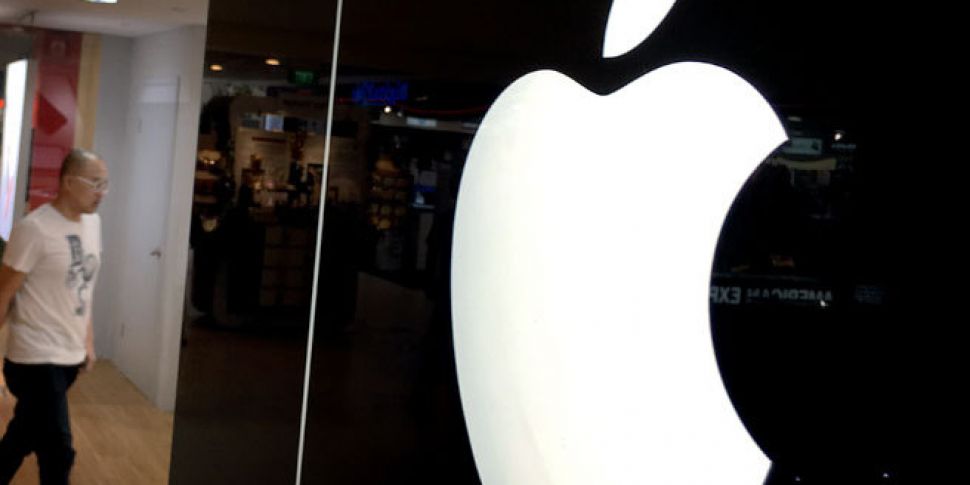It has been one of the most transformative inventions of this century, sparking the smartphone revolution which has forever changed the way we communicate and helped millions of people get online for the first time.
Given that 2017 marks a momentous anniversary for Apple, it is expected by many that Apple will completely overhaul the look and feel of the iPhone as a result. There has been long rumours of all-glass or ceramic iPhones in 2017, these have been merely speculation based on little more than guesswork.
This week the Wall Street Journal gave us the first credible indication of what the radically new iPhone might look like — except it’s not that radical at all.
The WSJ’s report suggests Apple is asking suppliers to produce high resolution, curved OLED screens for the new phones, though it makes it clear that this is simply one of a number of prototypes the company is working on.
While curved screens on smartphones are still relatively rare, they are certainly not new, and if this is Apple’s big innovation for the 10th anniversary iPhone, it may show just how much the company is struggling to innovate.
Samsung was the first company to make curved smartphone screens mainstream. It introduced its first curved screen phone, the Galaxy Note Edge, in September 2014, over two years ago. It has since followed up by bringing the curved screen to its flagship Galaxy S range in the last two years.
LG has also launched several curved screen smartphones, though with less success than Samsung, while others including Xiaomi and Huawei are now starting to use the same technology in their flagship smartphones.
That Apple is planning to incorporate features which have been available on Android smartphones for years, is of course nothing new.
Apple was not the first to include a fingerprint sensor, it was certainly not the first to embrace the big screen smartphone and even dual-lens cameras, introduced on this year’s iPhone 7 Plus, have been available for years.
What Apple does instead is introduce these features when it feels they work flawlessly and integrate with the iPhone ecosystem perfectly.
The problem with introducing a curved screen smartphone is that it doesn’t only mean changing the look of the phone, it means changing the software as well and this could cause major problems for a company which has traditionally fallen down when it comes to iOS updates.
Samsung has introduced a new version of its software to take advantage of the extra screen space on the side of its curved screen devices, and Apple will likely want to do the same.
Undoubtedly a curved screen iPhone would be a thing of beauty. It would also serve as a major upgrade incentive to those who want to make sure people know they have the current iPhone as the last three models (iPhone 6, iPhone 6s and iPhone 7) look very similar.
The curved screen would also no doubt be a major focus of Apple’s now legendary product videos, with Jony Ive talking in hushed tones about the craftsmanship and innovation which has gone into the new iPhone.
But even for the most loyal of Apple fans, this will surely ring hollow, given the high profile examples Samsung have brought to market successfully already.
What a curved screen iPhone does suggest about Apple, is that it is running out of ideas — and that’s not a criticism of the company, it’s simply a consequence of a decade of unparalleled innovation and development.
The smartphone Apple launches next year will be a world away from the clunky, limited and frankly rubbish original iPhone it launched in 2007. And yet it is still going to be a rectangle made of glass and metal (not ceramic) and featuring a screen, a processor, a battery and a camera.
Yes, all those parts are going to be infinitely more powerful and refined, but there is only so much innovation Apple can do, and it is coming to the point where annual upgrades are being incremental rather than revolutionary — and this is being reflected in declining iPhone sales.
For Apple the challenge now is not to reinvent the smartphone — the iPhone will continue to be a hugely successful product for years, if not decades to come — but to look for the next big thing.
It is unclear if the Apple Watch will ever become a mainstream product, and Apple’s automotive plans have been scaled back according to reports, so it remains to be seen what product, if any, will replace the iPhone as Apple’s big cash cow.









